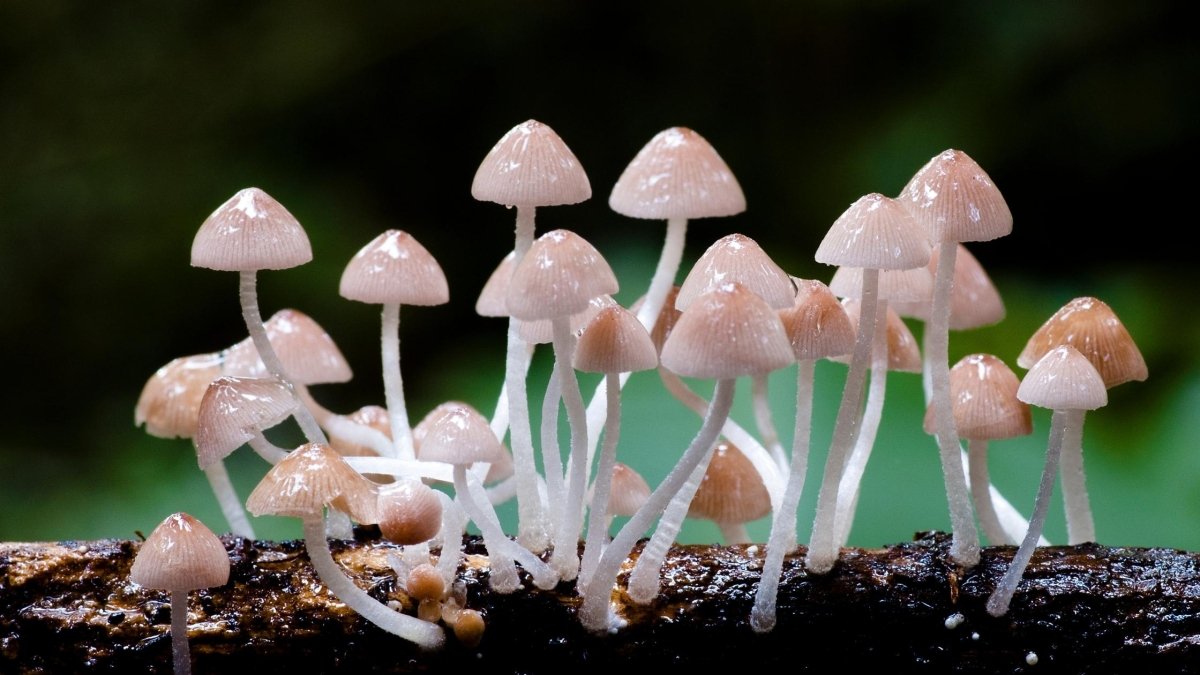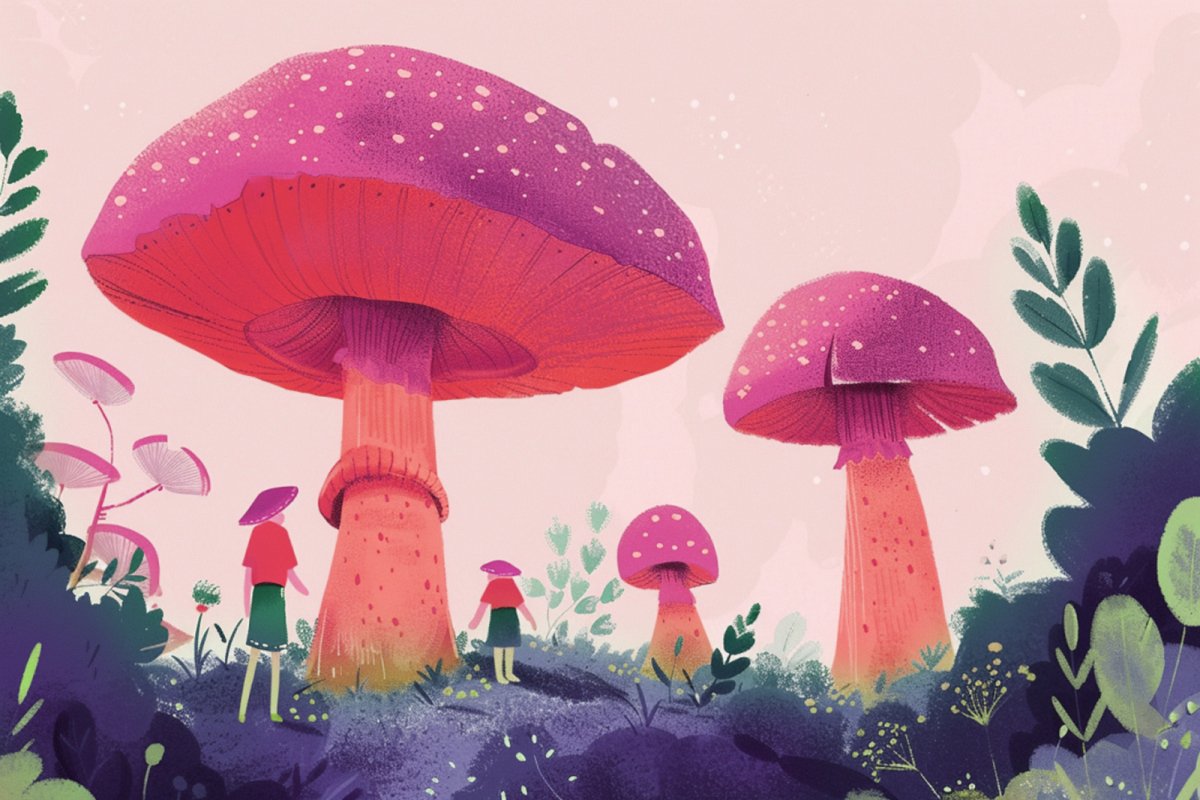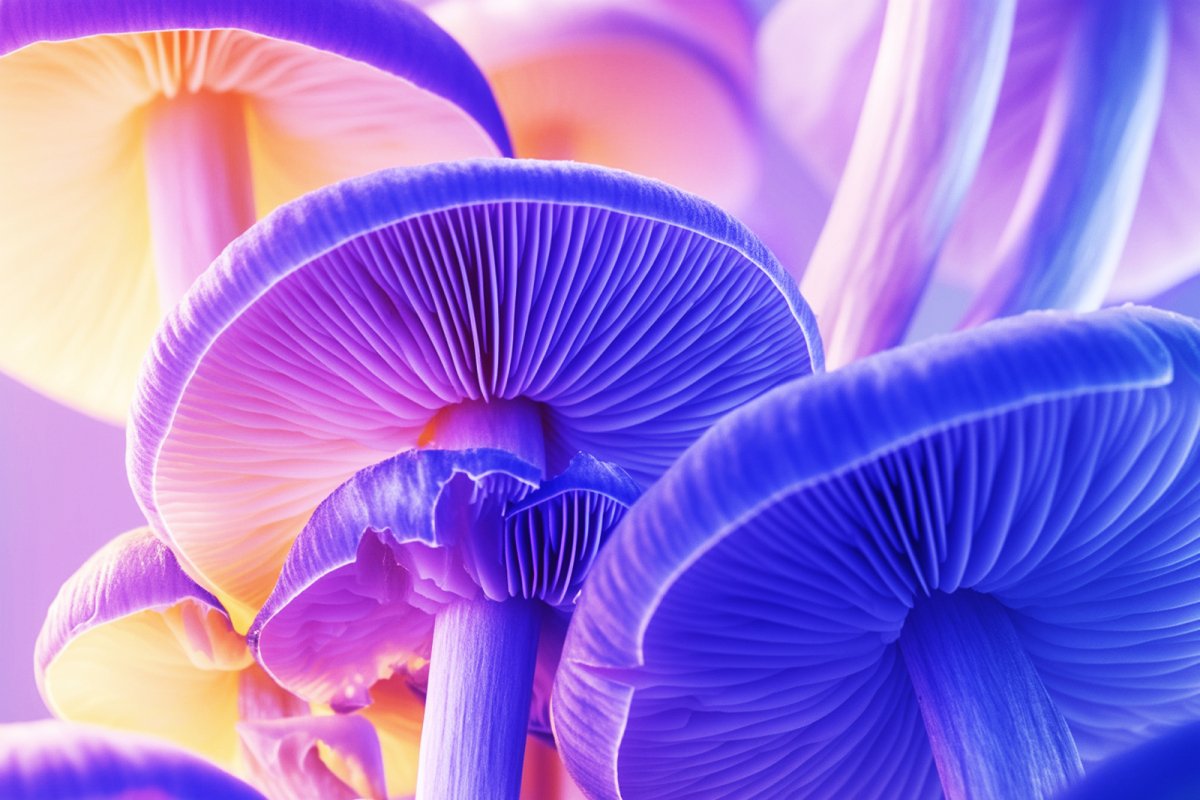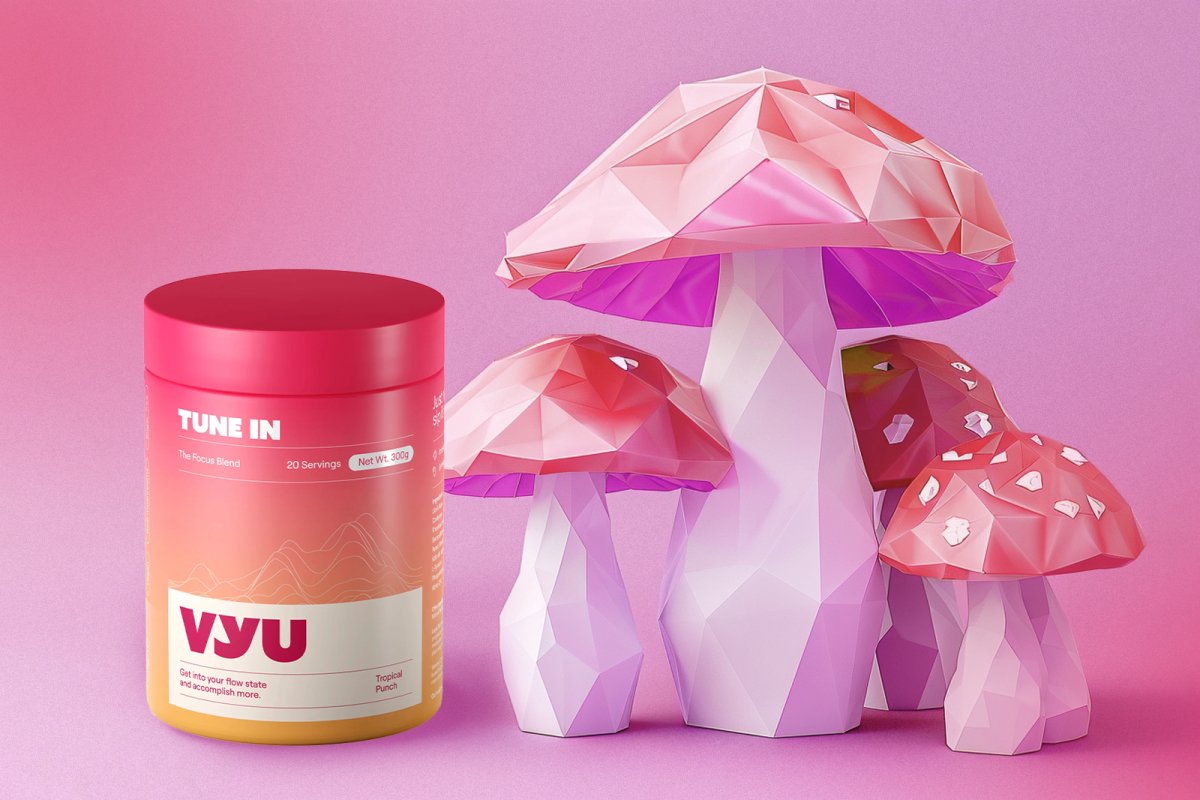

Mushroom Life Cycle
Published:
Updated:
Mushrooms have a huge role in life, be it adding flavor to pizza or taking you on a psychedelic trip. But you truly cant appreciate them without understanding the mushroom cycle of life, especially if you plan on growing them yourself later on.
If this part of mushroom 101 intrigues you, the following lines are for you.
Key Takeaways
- Mushrooms are a type of fungus that stands out for being the only type most people consume, and they absorb food from their environment using mycelium, thin fibers that extend underground.
- The mushroom cycle of life involves stages such as dropping spores, growing into hyphae, forming mycelium, developing pinheads (baby mushrooms), and finally, growing into mature mushrooms with caps, stems, and gills containing the next generation of spores.
- Mushrooms have various health benefits, including disease prevention due to antioxidants, better bone health from vitamin D, healthy digestion through beta-glucans, blood sugar regulation, and improved heart health.
What is a Mushroom?
Before getting to the mushrooms life cycle, you need to understand what it is. Like molds and crusts, mushrooms are a type of fungus. However, they stand out from other fungi as theyre the only type most people consume.
Fungi arent considered plants as they dont contain chlorophyll, the pigment that allows plants to convert sunlight into sugar. To sustain themselves, they absorb food from their environment using mycelium, which are thin fibers that extend underground.
At times, these fibers can remain dormant for many seasons. However, when they break through the ground's surface, they develop into the edible cap and stem.
And the part you consume is known as the fruit of the fungi. This is because of its role in spreading mushroom spores at the end of the mushroom life cycle.
Mushroom Cycle of Life
Now that you better understand mushrooms and their benefits, its time to cover their lifecycle. So, heres a quick look at the stages in themushroom growth cycle.
Dropping Spores
Mushroom spores are the microscopic reproductive units that carry the necessary materials to form a new fungus. Usually, these are released once a mushroom is fully matured. The mushroom will then begin decomposing. Thats why spores are the beginning and the end of the mushroom cycle of life.
After being carried by wind or water, spores land on surfaces with favorable conditions and begin to grow. Spores then transform into a germ tube, which is a multicellular outgrowth. And with this begins the germ phase.
Growing Into Hyphae
Each germ tube will begin growing into hyphae. These long, thin string-like structures will spread across the growing medium. That way, the mushroom can start gathering the nutrients and energy they need to grow. Hyphae also fuel growth by releasing digestive enzymes that break down food.
Mycelium
As they grow, hyphae form a larger colony known as mycelium. This will later act as the mushrooms roots. At this stage, the mycelium will grow and spread by consuming the organic material within the substrate.
From Hyphal Knots to Pinheads (Baby Mushrooms)
Once exposed to favorable conditions, such as specific temperature levels, the mycelium will start fruiting. And thats when itll produce mushrooms. Initially, youll see structures known as hyphal knots.
The pinhead and body of the mushroom will start sprouting but wont take proper form. Thats why some like calling shrooms baby mushrooms at this stage.
From Pinning to the Mushroom
As pinheads mature, they grow bigger and create the fruiting body, i.e., the stem and cap. However, not all hyphal knots evolve into mature mushrooms. They still require the perfect environment to develop and ensure the complete mushroom growth cycle.
Once the fruiting body grows fully, youll notice the cap, scales, and gills. In the latter are the next generation of mushroom spores, ready to restart the mushroom cycle of life.
Mushroom Life Cycle Time
If youre planning on growing mushrooms, you may be wondering about mushroom life cycle time. Simply put, mushrooms grow at different rates depending on their species.
For instance, oyster mushrooms can produce fruiting bodies within three to four weeks. Meanwhile, shiitake mushrooms will need up to 12 months after inoculation to fruit, especially if theyre grown on wooden surfaces.
If these numbers overwhelm you, steer away from truffles and similar fungi. The mushroom life cycle time of these is over a decade long. So, you need to be patient while growing your shrooms.
Morel Mushroom Life Cycle
If youre interested in growing shrooms without testing your patience, you should start with the morel mushroom. Morels are sought-after by chefs and commercial hunters due to their delicious taste. This mushrooms life cycle takes six days from when it begins to fruit until its ready to harvest.
Oyster Mushroom Life Cycle
Another type of mushroom you may enjoy growing is the oyster mushroom. Theyre easy to grow, delicious, and very healthy.
The oyster mushroom cycle of life is relatively quick. After mushroom spawn is mixed with the substrate, youll notice mycelium in 10-14 days. Moreover, mushrooms begin fruiting in 5-7 days.
When to Harvest Mushrooms
As the mushroom growth cycle comes to an end, its time to harvest it. There are certain telltale signs indicating its ready for harvesting.
- The cap becomes more convex and protrudes over the stem.
- The mushrooms color grows lighter.
- The veil, which is the underside of the cap, starts stretching and flattening.
Experts on magic mushrooms recommend harvesting them within the three days a pin develops into a fruiting body. That way, spores wont be distributed once the veil breaks.
How to Harvest Mushrooms
Now is the time to get your hands dirty (not literally, though) and begin harvesting the mushroom. All you need to do is follow these three steps.
- Wear rubber gloves. Ensure theyre sterile to prevent bacteria or mold from contaminating your mushrooms. The same applies to any tools or containers you plan to use.
- Pick the mushroom using two fingers at its base. Gently twist and pull the bottom of the stem. Your goal is to separate the fruiting body without damaging the mycelium below the stem. You can also use tweezers for shorter mushrooms.
- Clean the stem gently with a brush to remove the substrate clinging to it.
Best Time to Pick Wild Mushrooms
If you plan on foraging formushrooms growing in the wild, head out during spring, summer, and fall. Theyll especially appear after heavy rain during an otherwise dry spell. Therefore, you need to keep tabs on the weather to get the best wild shrooms.
That said, make sure to mark your calendar based on the species you wish to pick. For example, morels are found around April and May.
Benefits of Mushrooms
Whether grown in the wild or controlled environments, mushrooms have many benefits you wouldnt want to lose out on. Here are some of the important ones.
- Boost the Immune System -Mushrooms contain antioxidants, which are molecules that reduce and remove free radicals. Free radicals can damage cells when in excess, leading to chronic diseases. Some mushrooms are especially potent when it comes to warding off diseases. The reishi mushroom, for instance, has antioxidant and anti-inflammatory properties.
- Better Bone Health -Mushrooms are rich in vitamin D, the nutrient that helps the body absorb calcium. And calcium is necessary for ensuring bone density and strength. Vitamin D also helps in the production of the calcitriol hormone. This hormone then activates bone-building cells to improve bone density.
- Healthy Digestion Mushrooms contain beta-glucans, a prebiotic that supports the good bacteria in the gut. Therefore, consuming them will improve nutrient absorption and digestion. And as they help balance your guts microbiome, you wont be facing issues like irritable bowel disease.
- Blood Sugar Regulation Mushrooms beta-glucans help slow down glucose absorption in the small intestine.
- Improved Heart Health Mushrooms contain potassium, a nutrient that regulates blood pressure by easing the tension of blood vessel walls. Their beta-glucans also promote heart health by keeping blood cholesterol levels down.
VYU Blog Disclaimer
The information provided on the VYU blog is intended solely for informational and entertainment purposes. It should not be used as a substitute for professional medical advice, diagnosis, or treatment.
Always seek the advice of your physician or other qualified health provider with any questions you may have regarding a medical condition or treatment and before undertaking a new healthcare regimen. Never disregard professional medical advice or delay in seeking it because of something you have read on this website.
For more information, check out our FAQs and contact page.
Blog posts
-

Host Defense vs. Om Mushrooms vs. VYU
Compare Host Defense, Om Mushrooms, and VYU for your health journey. Find out which offers the best blend of taste and benefits. Elevate your wellness today! -

Genius Mushrooms vs. Om Mushroom vs. VYU
Learn why VYU is the superior choice for functional beverages, offering exceptional taste and health benefits to boost your mental performance -

Om Mushrooms vs. Four Sigmatic vs. VYU
Compare Om Mushrooms, Four Sigmatic, and VYU for your health journey. Choose the ideal beverage to boost your wellness today!
Sign up to our productivity newsletter
and get 10% off your first order.



